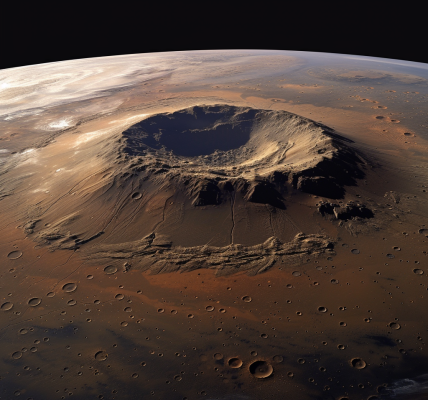Scientists have long believed in the occurrence of a phenomenon known as iron snow in the molten iron cores of certain planetary bodies. Similar to the formation of snow crystals in the upper atmosphere, iron snow is thought to occur when cooling near the core-mantle boundary leads to the creation of iron crystals, which then melt as they descend deeper into the hot core. This process may contribute to the generation of magnetic fields in smaller celestial bodies such as Mercury and Jupiter’s moon Ganymede, although the specifics of its dynamics have remained elusive.
In a groundbreaking experiment, researchers led by Huguet et al. conducted a laboratory simulation of iron snow using water ice. The study revealed distinct cycles of crystal formation and inactivity, suggesting that planetary magnetic fields could undergo periodic fluctuations as their dynamos switch on and off.
The experimental setup involved a tank of water cooled from below, with a layer of salt water at the bottom to prevent ice crystal adhesion. As the lower layers of freshwater cooled, ice crystals formed and ascended, only to melt upon reaching warmer water. This process created an overturning current and, coupled with the latent heat generated by crystal formation, eventually warmed the lower layers of water, pausing ice crystal formation. Subsequent cooling initiated the cycle anew.
The researchers observed that these bursts of crystal formation recurred approximately every 1,400 seconds during their experiments, a rate influenced by heat diffusion in the cooling layer. Variability in the nucleation of crystals likely contributed to some degree of fluctuation. Their model suggests that planetary bodies with molten iron cores may undergo similar bursts of iron snow formation, driving internal fluid flows in the molten iron and generating a periodic dynamo that produces magnetic fields.
This innovative study sheds light on the potential mechanisms underlying the ebb and flow of magnetic fields in planetary bodies, offering valuable insights into the dynamic processes occurring within their cores. The findings could have significant implications for our understanding of celestial bodies and their magnetic environments, paving the way for further exploration and research in this fascinating area of planetary science.





